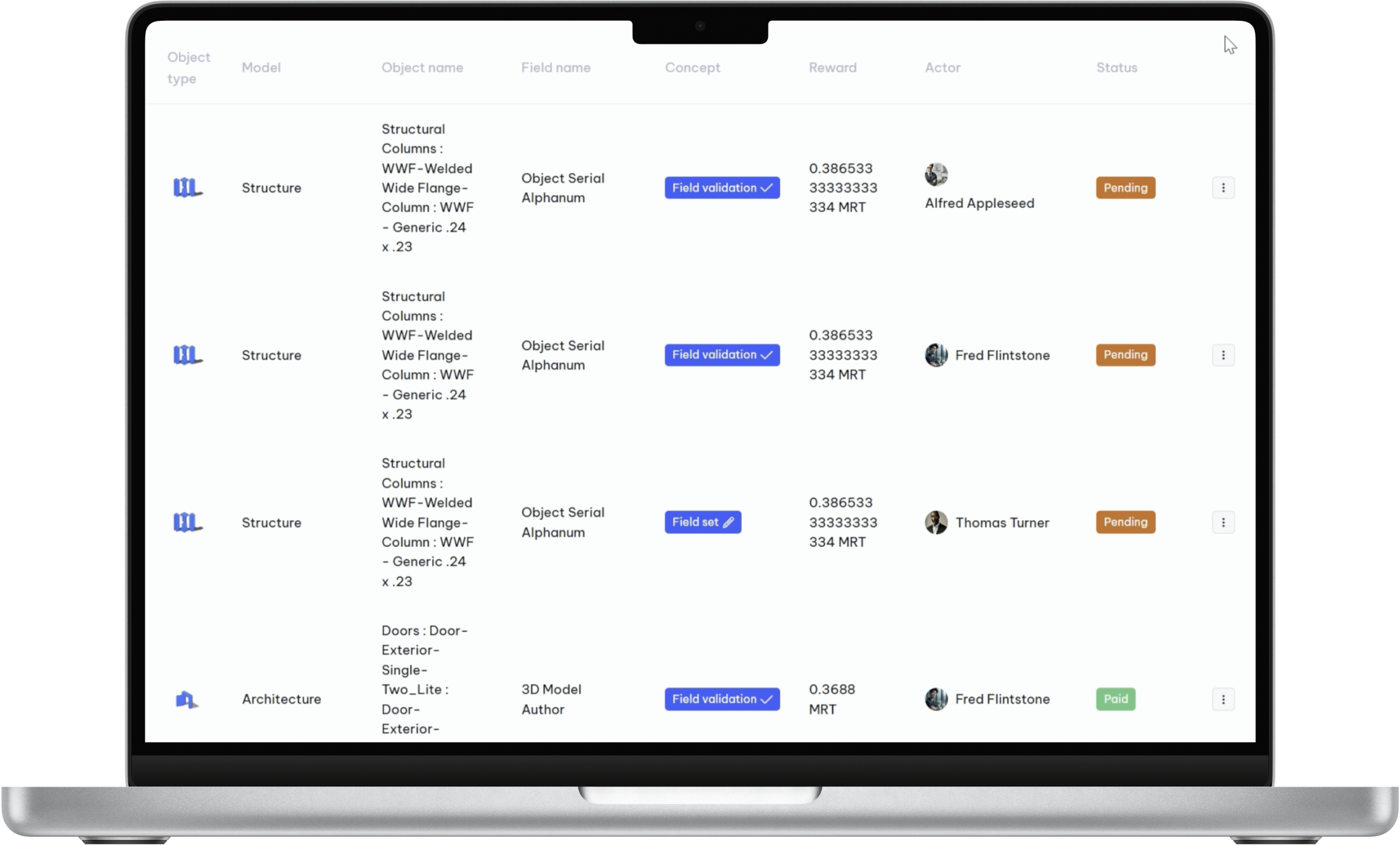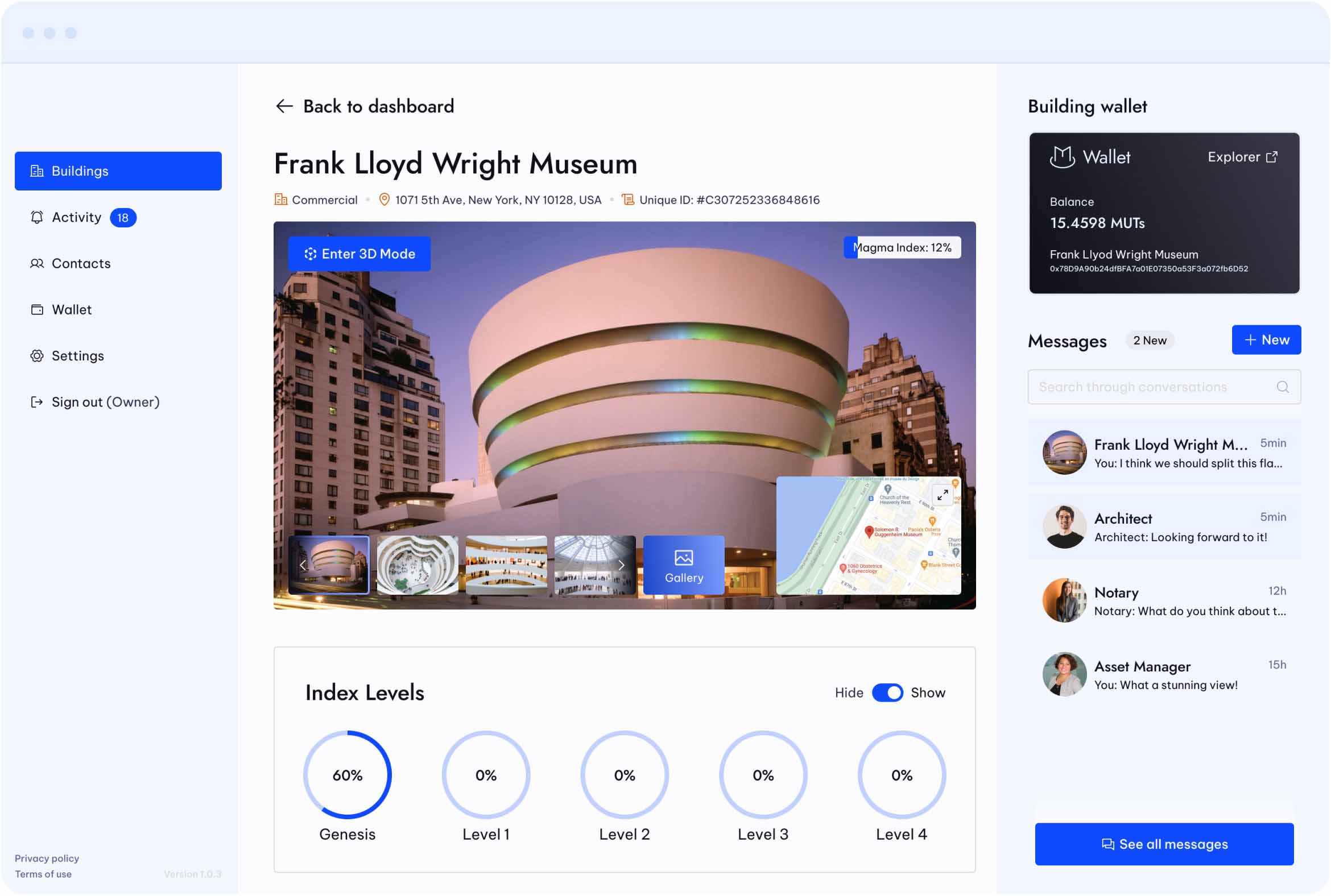How does Building strengthen valuation defensibility?
Building provides verifiable, traceable asset data linked directly to source documentation. Every figure — from rent rolls to maintenance logs — is auditable, timestamped, and consistent. This creates a defensible foundation for valuations that stand up to investor, auditor, and regulatory scrutiny.
How can structured asset data influence appraised value?
Well-organized data minimizes uncertainty — a key driver of risk premiums. With verified documentation and performance insights from the property’s digital model, appraisers and lenders can better quantify risk, which can narrow spreads and increase asset value through greater transparency.
What role does the digital model play in the appraisal process?
The digital model acts as a living record of the property, giving stakeholders visibility into physical condition, operational performance, and capital improvements. This enables remote inspection, reduces subjective assumptions, and delivers data-backed evidence for valuation and forecasting.




